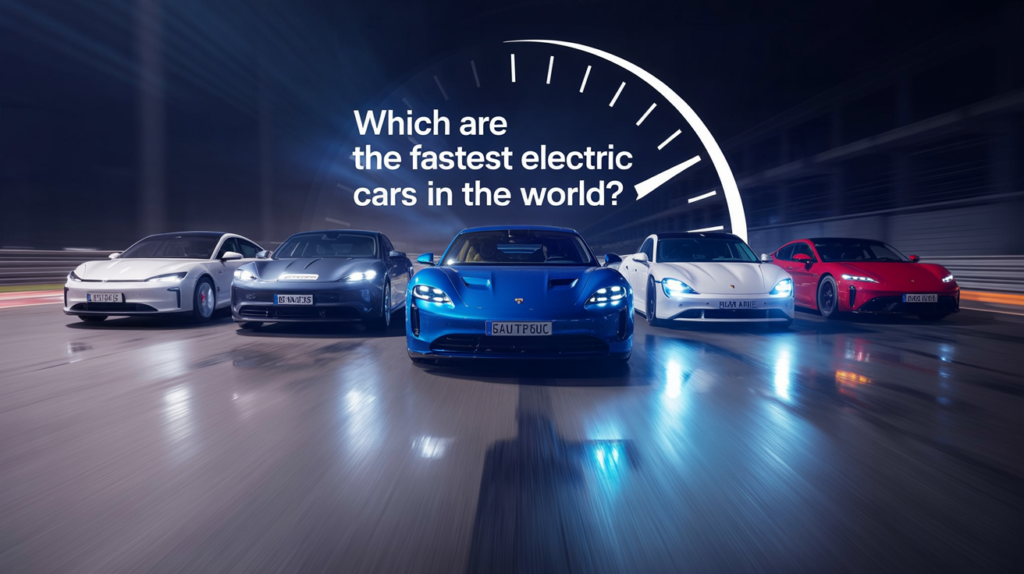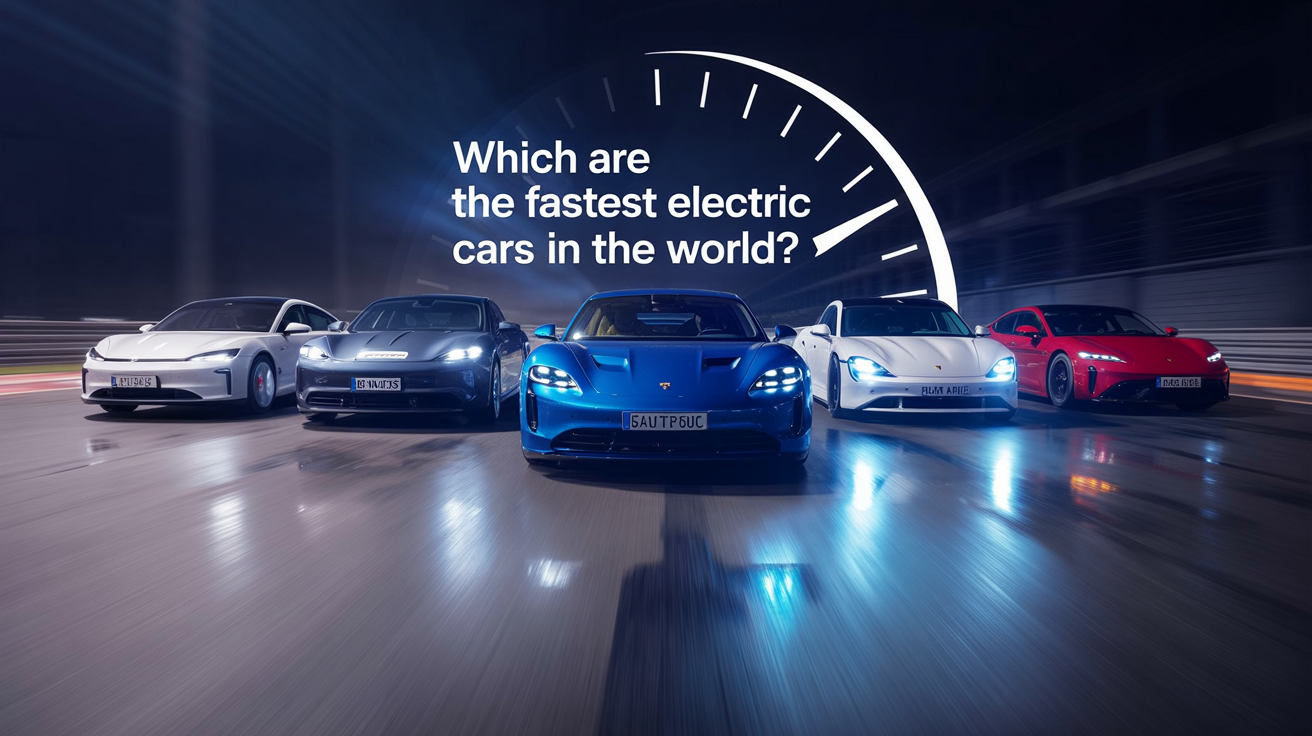Electric cars are no longer slow. They are fast. Very fast. Some electric cars now beat gas-powered supercars. That sounds surprising. But it’s true.Electric motors deliver power instantly. That gives them insane acceleration.Let’s explore the top electric speed machines. Learn what makes them so quick.
How Electric Cars Are Redefining Performance
Speed used to belong to gasoline. Electric cars have changed that story.New EVs go from 0 to 60 in under two seconds. That’s quicker than most Ferraris. Why so fast? Electric torque. It comes without delay. No gears to shift. No lag. It’s smooth, fast, and silent. The future feels electric. Literally.
These aren’t just fast cars. They’re also smart, clean, and tech-packed. EV performance now blends speed with brains. And without tailpipe emissions. People once doubted electric cars. Not anymore.Speed lovers are now switching. Even drag racers. Even supercar fans.
Top Contenders: The Fastest Electric Cars in the World (2025 Edition)
Let’s meet the kings of speed. These EVs lead the race in 2025.
Rimac Nevera
This Croatian beast hits 258 mph.
It goes from 0 to 60 in 1.85 seconds.
The Nevera uses four electric motors. Each controls a wheel.
It handles like a dream. And sprints like lightning.
Only 150 units will be made. That makes it rare.
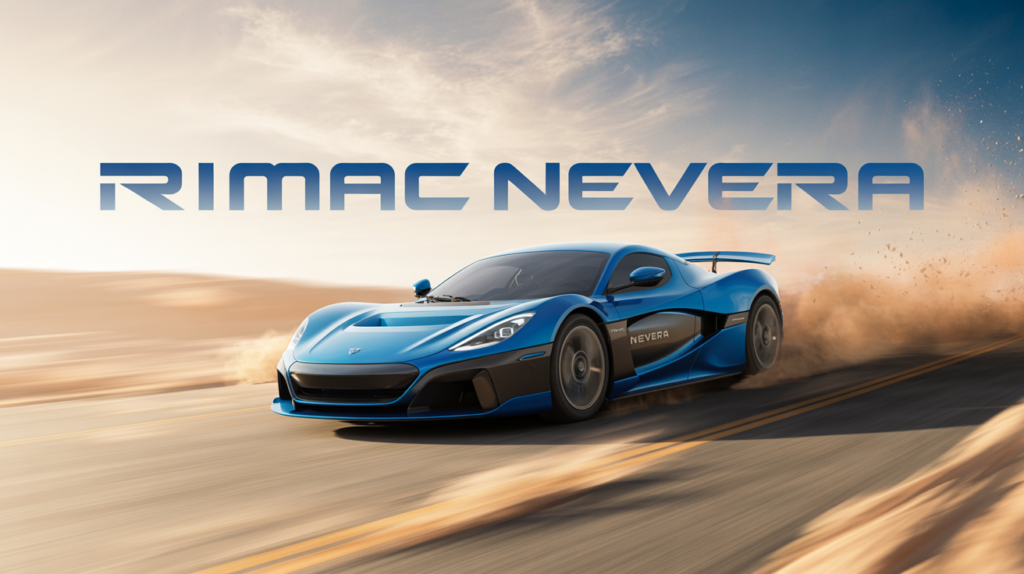
Tesla Model S Plaid
This one is fast and practical. Top speed? 200 mph.
0 to 60 in 1.99 seconds. It has three motors.
Tesla made it for the street. And for the drag strip.
You can fit a family inside. Still, it outruns sports cars.
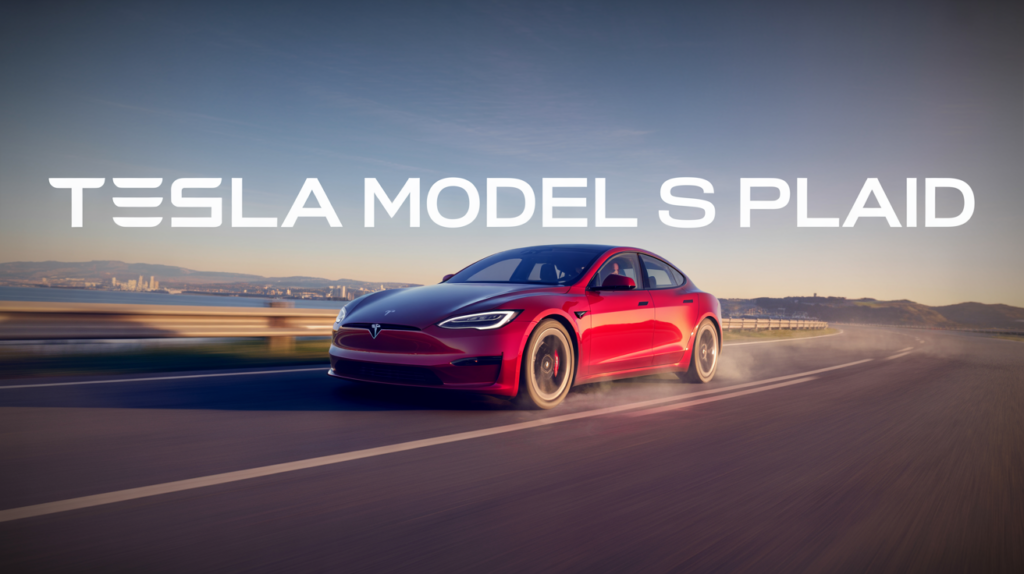
Lucid Air Sapphire
Smooth, stylish, and scary fast. It’s new but impressive.
Three motors give it insane control. Top speed is over 205 mph.
It has comfort and speed. A rare mix.
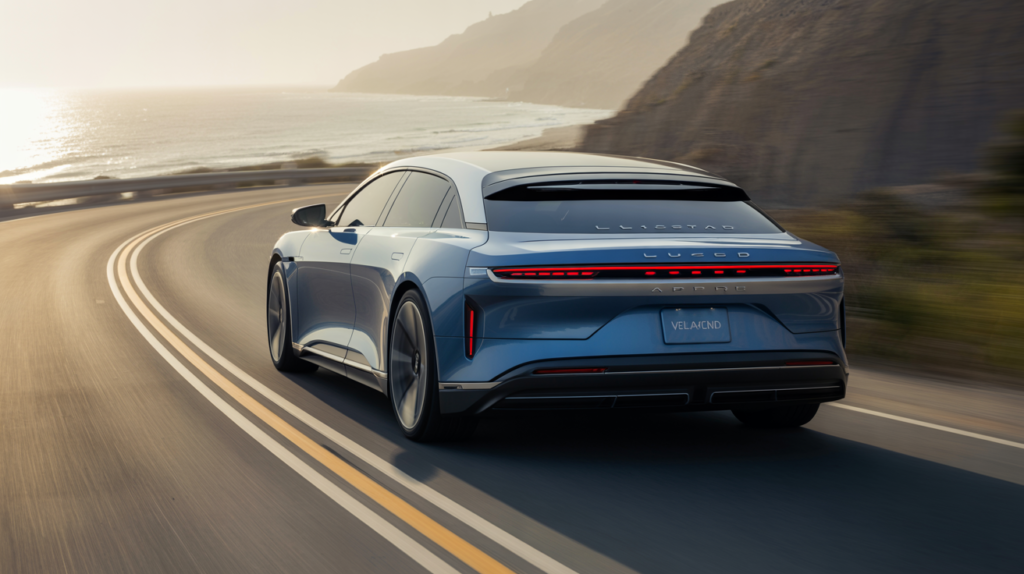
Lotus Evija
This one looks wild. And drives wilder.
It has nearly 2,000 horsepower. Top speed? 217 mph.
Lotus focused on weight and power. It’s built to go fast.
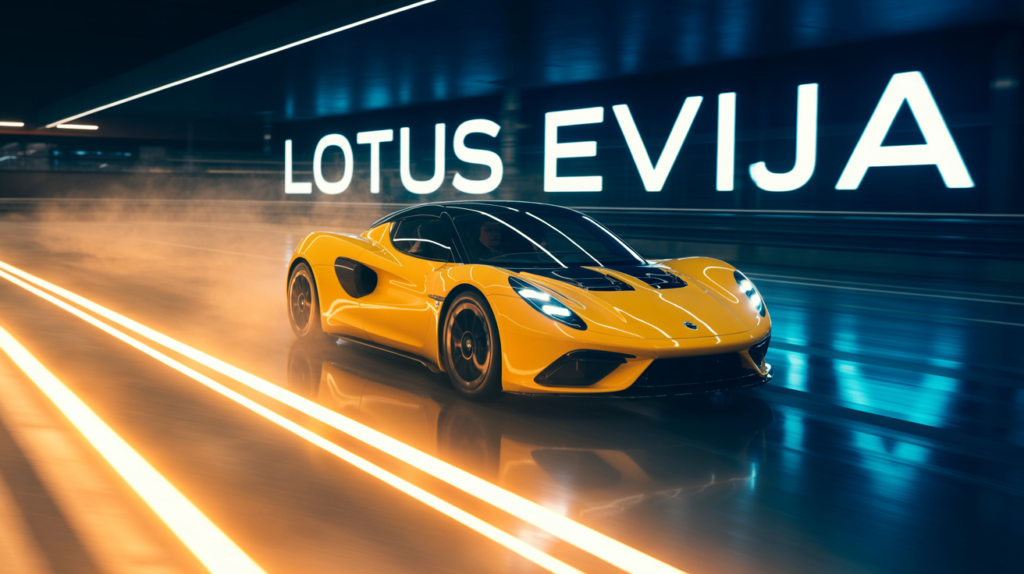
Pininfarina Battista
Art meets power here. Italian style. Brutal speed.
0 to 60 in under 2 seconds. Top speed is 217 mph.
It’s fast, but also beautiful. And very limited.
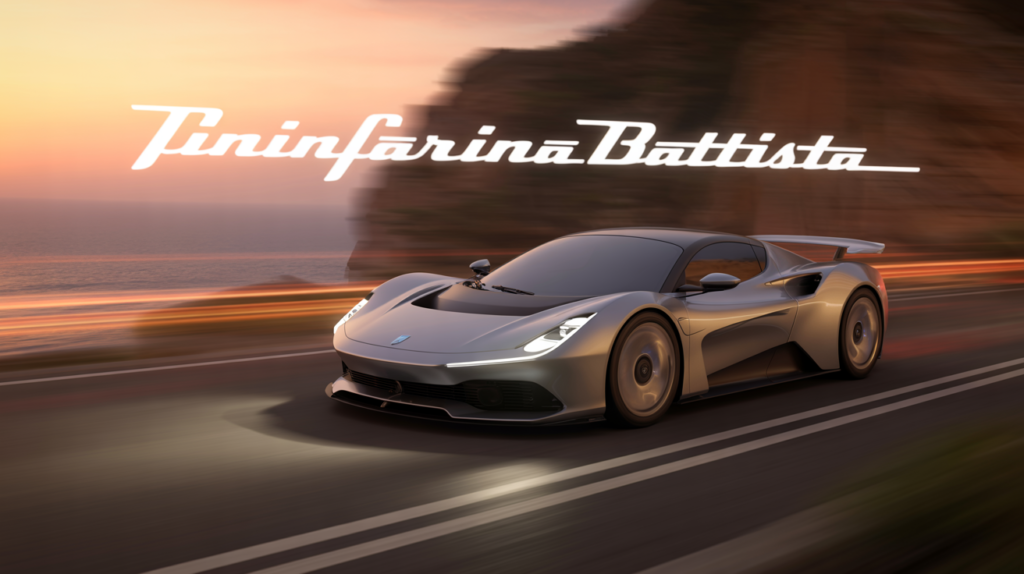
Each car pushes limits. Not just fast. They’re also clean and silent.
No loud engines. No gas smell. Just smooth electric power.
Speed Meets Style: Exterior Designs of Elite Electric Supercars
Speed needs a strong shape. These cars are designed to slice air.
Smooth bodies. Low height. Active spoilers. Every detail adds speed.
Carbon fiber is common. It’s strong and light.
Many have sleek LED lights. Some have hidden door handles.
Air flows over and under the body. That adds grip and saves energy. The Rimac Nevera looks sharp and low. Almost like a fighter jet.
Lotus Evija has wild edges. Its tail lights glow through tunnels.
Tesla keeps it clean. Simple lines. Very futuristic.
Pininfarina mixes art with function. The body is both pretty and smart.
Interior Excellence: Luxury, Tech, and Comfort Inside High-Performance EVs
Outside, they look fast. Inside, they feel rich.
Electric supercars mix racing tech with luxury details.
You get screens, fine materials, and smart features.
Seats hug your body. Controls stay close to your hands.
Cabins are quiet, clean, and full of tech.
Tesla Model S Plaid has a large screen.
It also has a small steering yoke. Not a wheel.
Everything is touch-based. No buttons.
The cabin feels like a spaceship.
Lucid Air Sapphire gives a soft, classy ride.
It uses leather, metal, and curved displays.
Back seats are roomy. It’s fast, but also very comfy.
You can ride in style without losing speed.
Rimac Nevera goes for a race-car feel.
Two screens show real-time speed, torque, and temperature.
Seats are made for fast driving. You feel every turn.
It blends function with style.
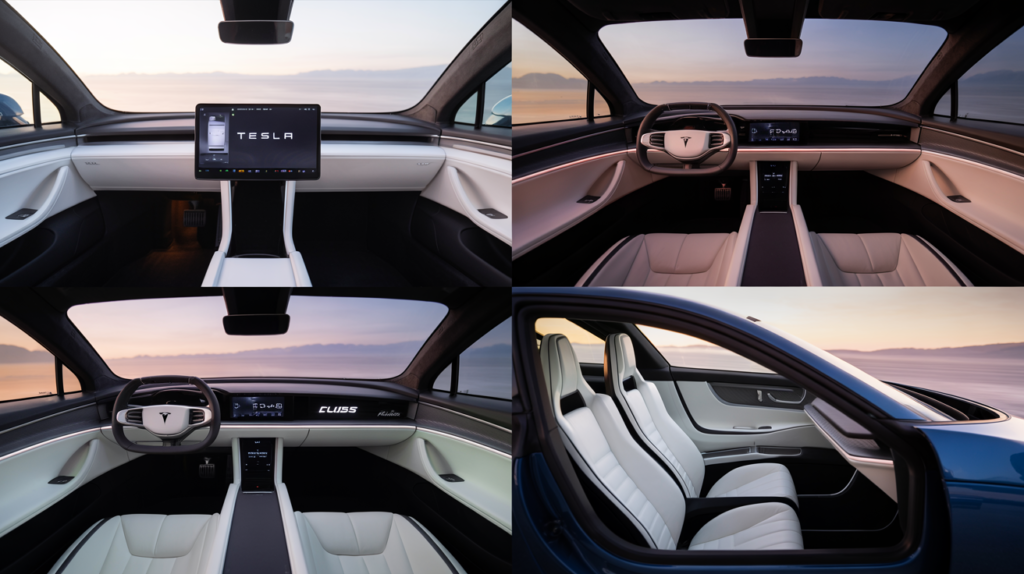
Tesla Model S Plaid ,Lucid Air Sapphire ,Lotus Evija ,Pininfarina Battista
Lotus Evija keeps things simple. Very clean layout.
Less buttons, more focus. It’s built for pure speed.
But it still feels premium.
Pininfarina Battista takes luxury up a notch.
Carbon seats. Custom finishes. Ambient lighting.
Everything feels rare and expensive.
Speed Meets Style: Exterior Designs of Elite Electric Supercars
Speed needs a strong shape. These cars are designed to slice air.
Smooth bodies. Low height. Active spoilers. Every detail adds speed.
Carbon fiber is common. It’s strong and light.
Many have sleek LED lights. Some have hidden door handles.
Air flows over and under the body. That adds grip and saves energy.
The Rimac Nevera looks sharp and low. Almost like a fighter jet.
Lotus Evija has wild edges. Its tail lights glow through tunnels.
Tesla keeps it clean. Simple lines. Very futuristic.
Pininfarina mixes art with function. The body is both pretty and smart.
Under the Hood: Performance Features That Power These Electric Beasts
Speed is not only about motors. Many systems work together.
From tires to software, each part adds to performance.
Most of these EVs use dual or quad motors.
That gives better grip. Each wheel gets its own power.
It helps during turns, launches, and high-speed runs.
Battery size matters too. Bigger packs mean more power.
The Rimac Nevera uses a 120 kWh battery.
Tesla Plaid uses around 100 kWh.
Lucid Air Sapphire gets power and range together.
Torque vectoring is key. It controls wheel spin.
That means more grip and better handling.
Cars like the Nevera use AI to manage all four wheels.
Cooling systems keep everything safe. High speed builds heat.
Without cooling, motors and batteries could fail.
EVs use smart fans, liquid cooling, and airflow tricks.
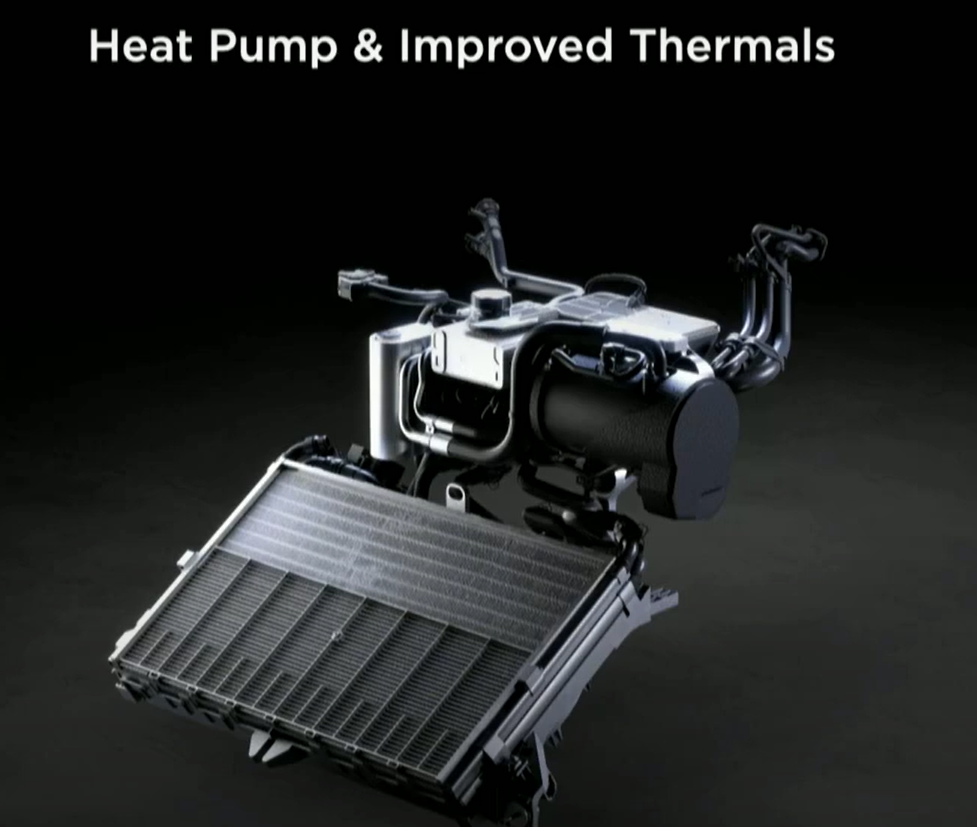
Brakes are also upgraded. Carbon-ceramic discs are common.
These stop cars quickly, even from high speeds.
Some also use regen braking. That sends energy back to the battery. Everything works in harmony. That’s how these cars stay fast and safe
The Brands Behind the Speed: Electric Supercar Manufacturers Leading the Race
Speed doesn’t come from machines alone. It comes from the people behind them.
These brands built their names on tech, design, and bold ideas.
Let’s meet the forces driving electric speed into the future.
Rimac Automobili
Started in Croatia. Now shaking the world.
Rimac built the Nevera to show what’s possible.
Founder Mate Rimac turned his garage dream into a world leader.
Now, Rimac works with Bugatti and Porsche.
Their cars are rare, high-tech, and brutally fast.
Tesla
Tesla changed the game. It made electric cars cool.
The Model S Plaid is fast, smart, and built for roads.
Tesla focuses on software, range, and self-driving tech.
The Plaid is their fastest car. And one of the quickest ever.
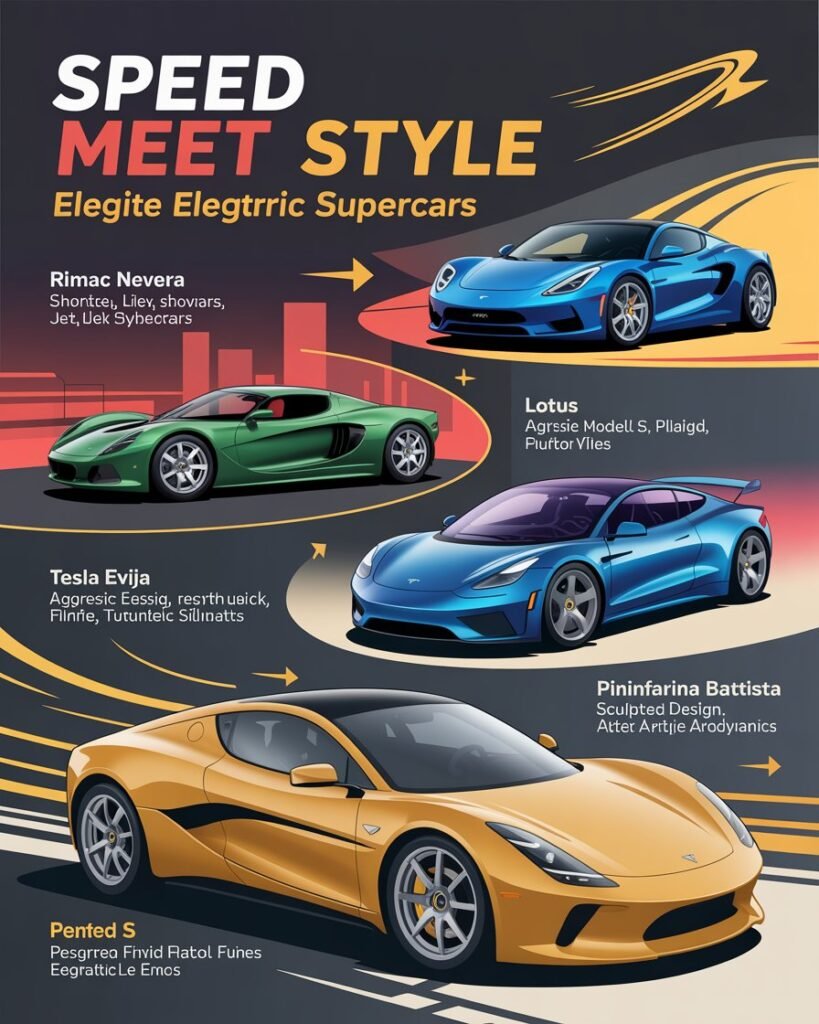
Lucid Motors
Lucid came from California. It builds luxury electric sedans.
The Air Sapphire mixes speed with class.
Lucid’s background in battery tech helped them go far.
Their cars are clean, smooth, and shockingly fast.
Lotus
A name known for light, fast cars. Now fully electric.
The Evija is their first EV supercar. It’s wild and sharp.
Lotus used racing ideas in an electric body.
They kept it light. That means more speed.
Pininfarina
This brand is pure Italian elegance. Famous for car design.
The Battista is their first car. It’s electric and beautiful.
They worked with Rimac for power. Added their own style.
Only a few will be made. That makes it special.
These brands don’t just build cars. They build visions.
Here are clear and concise pros and cons for each of the five fastest electric cars .
1. Rimac Nevera
Best for: Ultimate speed, exclusivity, and cutting-edge tech.
Drawbacks: Impractical, extremely expensive, and limited support.
Verdict: The king of electric hypercars, but only for the ultra-rich.
2. Tesla Model S Plaid
Best for: Everyday usability, affordability (relative to others), and Tesla’s charging network.
Drawbacks: Basic interior, unusual yoke steering, and a simple exterior look.
Verdict: The most practical super-EV with insane acceleration.
3. Lucid Air Sapphire
Best for: Luxury, comfort, and a balance of speed and range.
Drawbacks: Expensive for a sedan, new brand with limited service network.
Verdict: A high-end Tesla rival with superior craftsmanship.
4. Lotus Evija
Best for: Track-focused performance, lightweight design, and exclusivity.
Drawbacks: Extremely expensive, cramped interior, unproven EV reliability.
Verdict: A hypercar for purists who love Lotus’ racing heritage.
5. Pininfarina Battista
Best for: Italian design, luxury, and Rimac-derived performance.
Drawbacks: Very rare, expensive, and lacks brand recognition.
Verdict: A rolling work of art with hypercar speed.
Here’s a breakdown of the key differences between these high-performance electric cars:
1. Performance & Speed
- Fastest Top Speed: Rimac Nevera (258 mph) – the undisputed king of speed.
- Quickest 0–60 mph: Tesla Model S Plaid (1.99s) – tied with Nevera & Battista, but far cheaper.
- Most Horsepower: Lotus Evija (~2,000 hp) – lightweight + extreme power.
- Best Balance of Speed & Comfort: Lucid Air Sapphire (200+ mph, but still a luxury sedan).
Winner for Raw Speed: Rimac Nevera
Winner for Usable Speed: Tesla Model S Plaid
2. Price & Exclusivity
- Most Expensive: Rimac Nevera, Pininfarina Battista, Lotus Evija (~$2M+ each).
- Most Affordable (Relatively): Tesla Model S Plaid (~$90K–$120K).
- Luxury Alternative: Lucid Air Sapphire (~$250K).
- Production Numbers:
- Ultra-Exclusive: Nevera, Battista, Evija (<150 units each).
- Mass-Produced: Tesla Model S Plaid (widely available).
Winner for Exclusivity: Rimac Nevera / Pininfarina Battista
Winner for Value: Tesla Model S Plaid
3. Practicality & Daily Use
- Best Daily Driver: Tesla Model S Plaid (5 seats, big trunk, Supercharger network).
- Luxury Daily Option: Lucid Air Sapphire (more premium than Tesla).
- Least Practical: Rimac Nevera, Lotus Evija, Pininfarina Battista (tight cabins, no storage, stiff rides).
Winner for Practicality: Tesla Model S Plaid
Winner for Luxury + Usability: Lucid Air Sapphire
4. Design & Brand Appeal
- Most Exotic Design: Lotus Evija, Pininfarina Battista (aggressive, futuristic).
- Most Understated: Tesla Model S Plaid (looks like a regular sedan).
- Most Elegant: Lucid Air Sapphire (sleek, premium aesthetic).
- Most Futuristic Tech: Rimac Nevera (digital dash, real-time telemetry).
Winner for Design: Pininfarina Battista (Italian styling)
Winner for Tech: Rimac Nevera
5. Range & Efficiency
- Longest Range: Lucid Air Sapphire (~427+ miles EPA).
- Good Balance: Tesla Model S Plaid (~396 miles).
- Lowest Range (Track Focused): Lotus Evija, Rimac Nevera (~250–300 miles, but not meant for efficiency).
Winner for Range: Lucid Air Sapphire
Winner for Charging Network: Tesla Model S Plaid
6. Driving Experience
- Best for Track: Lotus Evija (lightweight, race-bred handling).
- Best for Comfort: Lucid Air Sapphire (air suspension, quiet cabin).
- Best for Brutal Acceleration: Rimac Nevera, Tesla Model S Plaid.
- Best for Exotic Thrills: Pininfarina Battista (Italian flair + Rimac tech).
Winner for Track: Lotus Evija
Winner for Comfort + Speed: Lucid Air Sapphire
Final Verdict: Which One Should You Pick?
| Priority | Best Choice |
|---|---|
| Fastest & Most Exclusive | Rimac Nevera |
| Best Daily Super EV | Tesla Model S Plaid |
| Luxury + Performance | Lucid Air Sapphire |
| Track Monster | Lotus Evija |
| Italian Exotic Art | Pininfarina Battista |
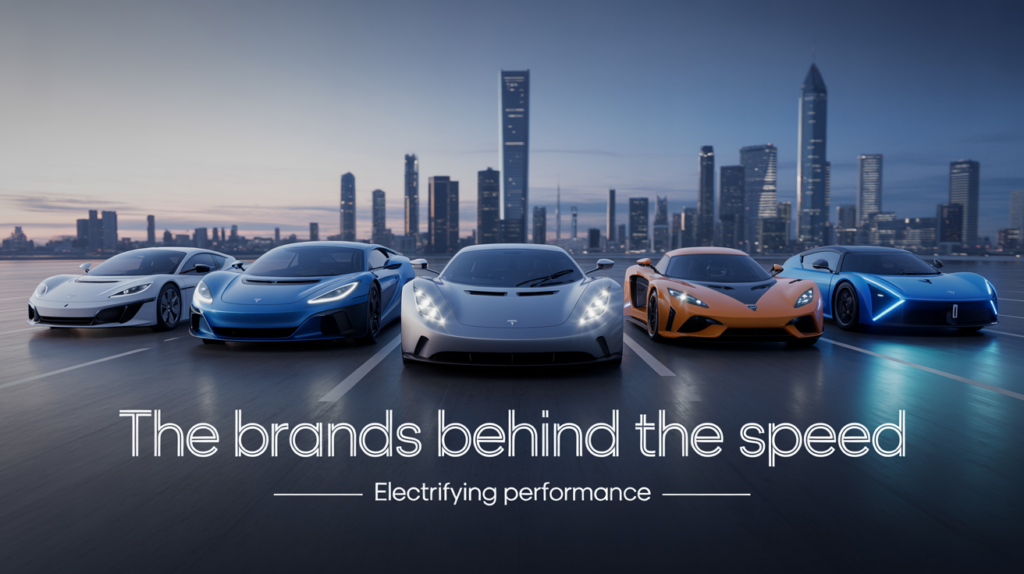
FAQ
1. Which electric car has the quickest 0–60 mph time?
Both the Tesla Model S Plaid and Rimac Nevera hit 60 mph in under 2 seconds.
2. Are electric cars faster than gas cars?
Yes, many electric cars now beat gas supercars in speed and acceleration.
3. Why are electric cars so quick?
Electric motors give instant torque, which boosts acceleration without delay.
4. Which luxury electric car is the fastest?
The Lucid Air Sapphire combines luxury and speed, going over 205 mph.
5. What electric car has the best mix of speed and comfort?
Lucid Air Sapphire offers both high performance and a premium interior.
6. How many motors do these fast electric cars use?
Most use two or four motors for better grip and speed.
7. Are these electric supercars available to the public?
Yes, but most are limited edition and very expensive.
8. Which electric car has the best design?
Pininfarina Battista stands out with its Italian curves and stylish details.
9. What does the future look like for fast electric cars?
The future is bright—faster speeds, longer range, smarter tech, and cleaner energy.

